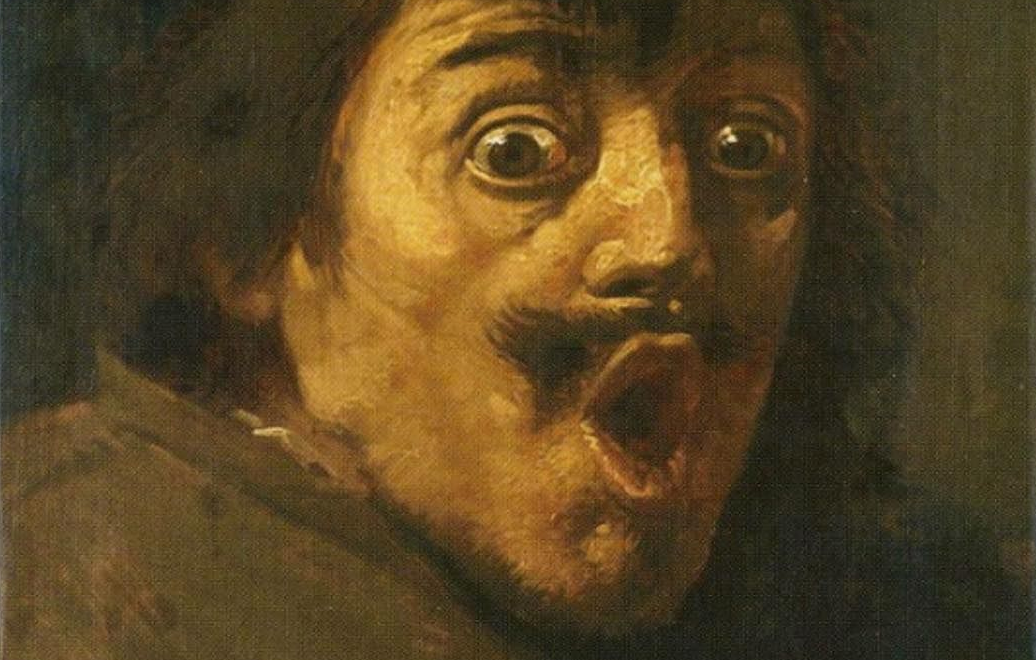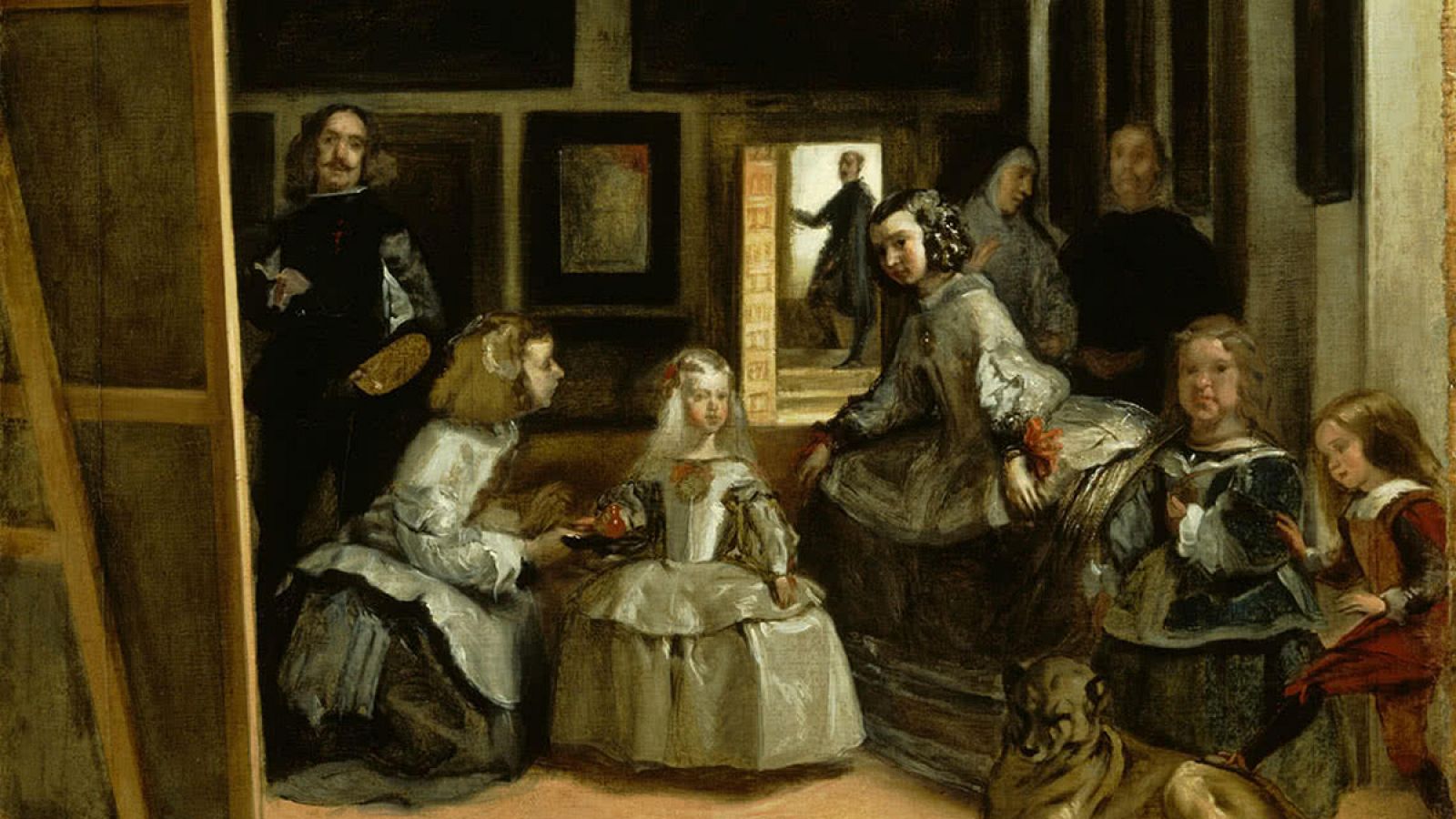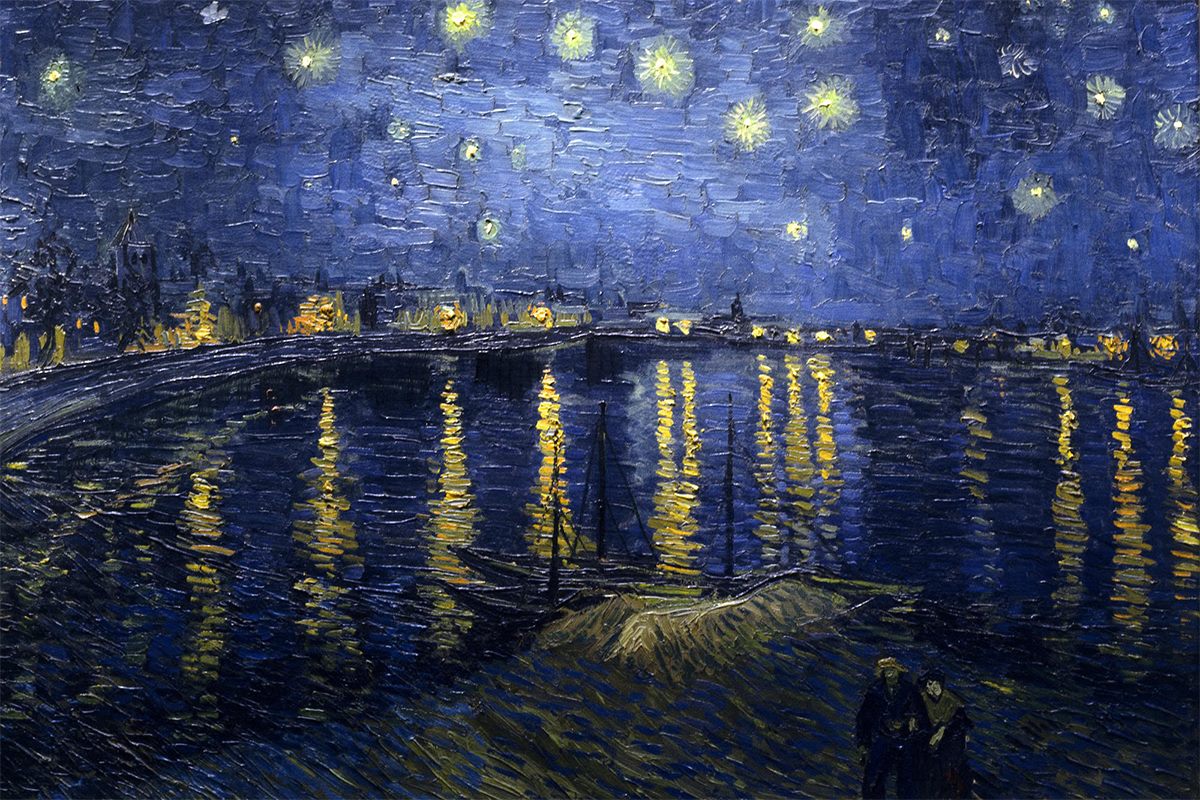
How some of the most amazing paintings of art history ended up in museums
The art world is full of fascinating stories, and the masterpieces on display in famous museums such as the Prado Museum in Madrid, the Musée d'Orsay in Paris and the Louvre Museum bear witness to a priceless artistic legacy. However, some of these works of art have made their way to their current homes in truly extraordinary ways. In this article, we will explore the rarest and most surprising ways in which some of the most celebrated works of art in these museums were acquired.
How the Meninas came to the Prado Museum
The Prado Museum houses an extensive collection of Spanish art, including some peculiar acquisitions. One of them is Diego Velázquez's "Las Meninas," one of the museum's most emblematic works. Surprisingly, this master painting was acquired by King Philip IV as a gift for his wife, Queen Mariana of Austria. It was not commissioned by the crown, but rather Velázquez decided to paint it on his own initiative, making it an unusual and spontaneous acquisition.

The Starry Nights at the Musée d'Orsay:
The Musée d'Orsay is famous for its collection of Impressionist and Post-Impressionist art. One of the most recognized paintings is "The Starry Night" by Vincent van Gogh. However, what many do not know is that this masterpiece was not acquired by the museum directly. It was inherited by the French government in 1927 after the death of Gustave Caillebotte, a painter and patron of the arts, who had previously acquired it. This peculiarity of acquisition adds a touch of mystery and fortune to the story behind this iconic painting.

The Mona Lisa and Francis I of France:
The Louvre Museum is known for housing one of the most impressive art collections in the world, including Leonardo da Vinci's famous "Mona Lisa." Although today it is considered a French national treasure, the acquisition of this masterpiece was not a common process. It was acquired by King Francis I of France directly from Leonardo da Vinci in the 16th century. The king was so enamored of the painting that he convinced the artist to take it with him to France, where it eventually found its place in the Louvre.

The works of art exhibited in the Prado Museum, the Musée d'Orsay and the Louvre Museum are priceless cultural treasures. However, the unusual ways in which some of these works were acquired add an extra dimension to their history. From spontaneous gifts to fortuitous inheritances and direct acquisitions by the artists themselves, these anecdotes demonstrate that art history is as creative as art itself.
Some of these works are exhibited in museums such as the Prado Museum or the Louvre Museum. If you are interested in the subject we recommend The Prado Art Museum, an essential art guide to discover and learn the essentials of the greatest works, artists and styles in the Prado Museum, including authors and analysis of these and other works. You can also find our book The Louvre Art Guide.
'The Prado Art Guide' available at: https://www.amazon.es/dp/841894336X/

